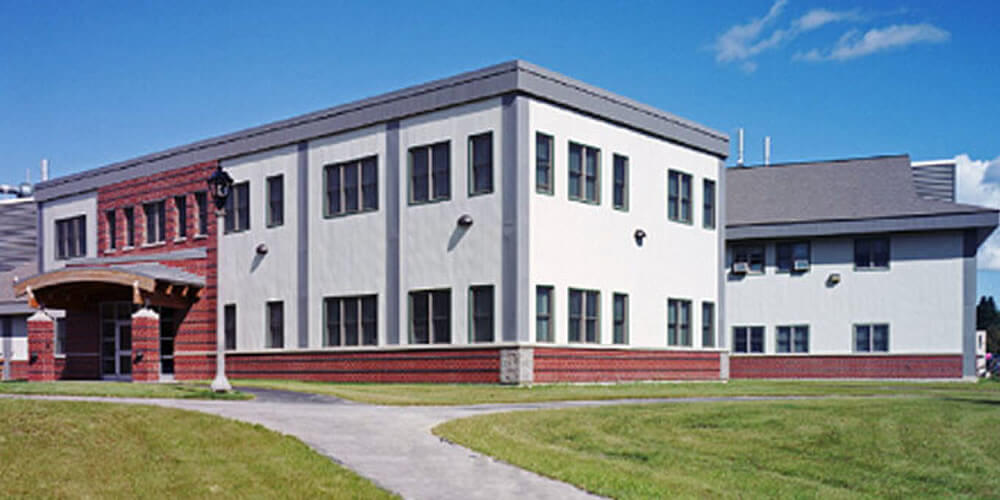Sustainability
Sustainability in construction means reducing the consumption of natural resources and maintaining ecological balance through both construction and the lifecycle of the building. In construction, sustainability of a project is often measured through various third-party rating systems including LEED & GREEN Globes. The world’s most recognized grading system for green buildings, designed to grade the overall sustainability of a project, The LEED scale can be best understood as a grading system that assesses the carbon footprint of a building. From water consumption to the output of carbon emissions, the LEED scale allows for an established standard, and an initiative to build with healthier and more sustainable materials.
Environmental protection, and economic benefits are the driving factors behind an initiative to create a more sustainable environment for decades to come. The creation of a more sustainable community starts with what materials are used in construction. The decreased use of volatile organic compounds (VOC) has been a major focus in creating a more sustainable building. These compounds are seen all around the jobsite, from adhesives to carpets; using the right materials can reduce the total carbon footprint of construction and improve the air quality within our communities.
In addition to the use of more sustainable materials, the LEED scale also considers the overall conservation of natural resources, such as water and energy consumption.
Sheridan Construction is proud to have built the first LEED certified building on the University of Maine Campus, the AEWC building in Orono, ME. Sheridan has been a part of several LEED certified projects since, such as Maine Air National Guard KC-135 Hangar in Bangor, ME, Land Port of Entry in Easton, ME, Sipayik Elementary School in Pleasant Point, ME, and the Joint Vehicle Maintenance facility in Saco, ME. With several members of our team being LEED accredited professionals, Sheridan is committed to creating a healthier and more sustainable environment.
Whether a rating system is desired or not, Sheridan continues to incorporate sustainable practices into every project. These practices include waste management and recycling, the use of locally sourced materials, low water consumption fixtures, energy efficient mechanical and electrical systems, and strategic daylighting are utilized where practical in all our building designs.
Examples of sustainable design, material, and construction methods Sheridan uses:
- Low-emitting adhesives, sealants, and carpets that meet or exceed recognized VOC level standards
- Materials with recycled content and durability
- Appliances and control sensors that reduce energy and water consumption
- Local and regional materials in order to reduce building costs and fuel consumption
- Recycling: incorporating into the project, or finding a user for generated construction waste
The end result? Clients and the community-at-large reap the benefits of reduced water and energy consumption, and healthier, environmentally friendlier buildings across the state of Maine.



